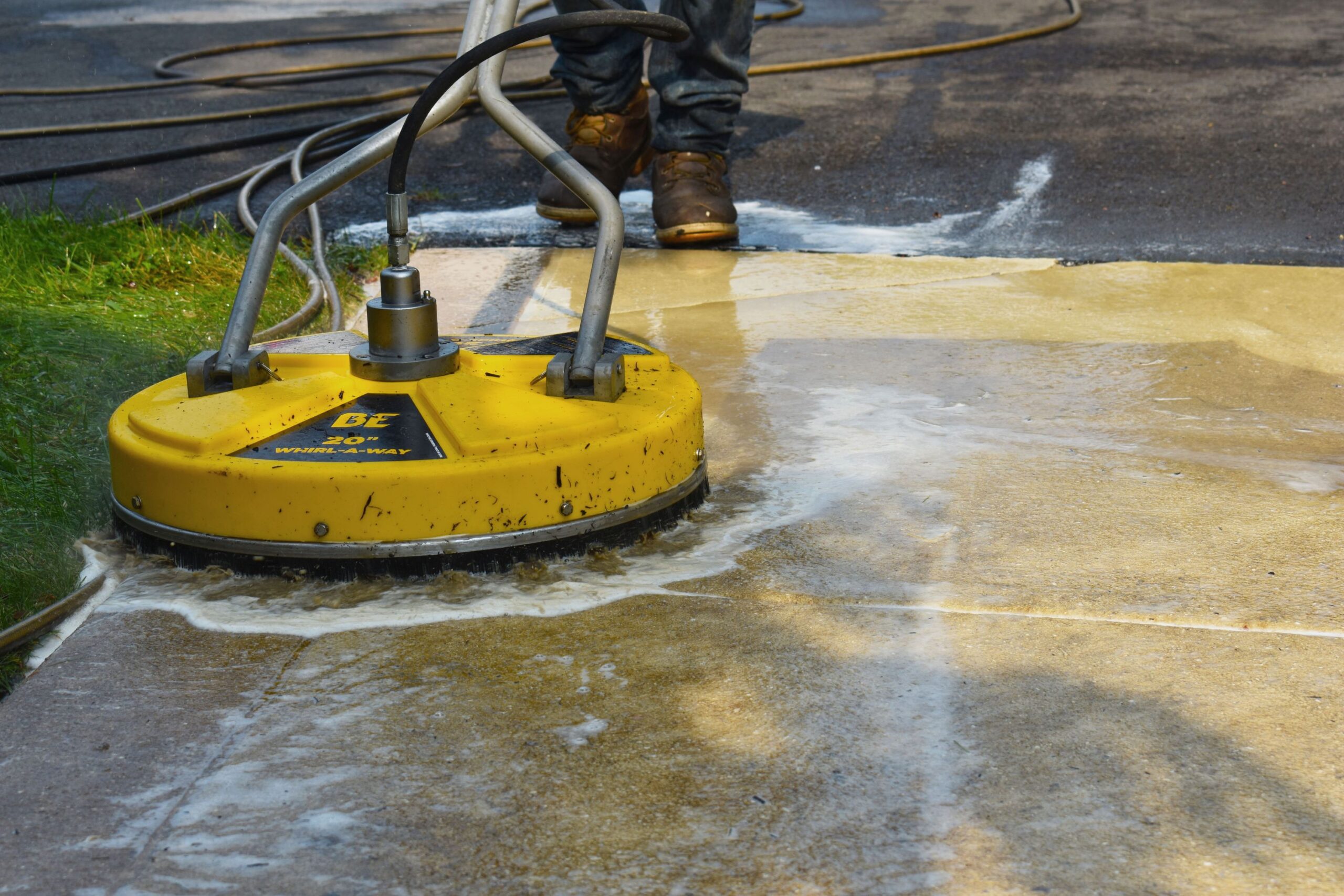Discover Just How Pressure Washing Lockhart Handles Difficult Stains on Any Surface area
Discover Just How Pressure Washing Lockhart Handles Difficult Stains on Any Surface area
Blog Article
Revitalize Your Home: The Ultimate Guide to Pressure Washing
Stress cleaning is an indispensable device for property owners aiming to recover the visual charm and durability of their properties. To navigate these complexities and attain optimal results, it is vital to explore the fundamental aspects of stress washing, consisting of sensible recommendations on dealing with common spots and guaranteeing safety and security throughout the process.
Recognizing Pressure Laundering
Stress washing is an effective cleansing approach that uses high-pressure water spray to eliminate dust, gunk, mold, and other impurities from various surface areas. This method is especially reliable on difficult surface areas like driveways, pathways, decks, and house siding, where conventional cleaning methods may drop brief. By employing specific tools that creates high-pressure streams of water, pressure washing can penetrate deeply into surfaces, efficiently dislodging and removing persistent debris.
The process is not only reliable yet also eco pleasant, as it typically relies exclusively on water, minimizing the demand for extreme chemical cleansers. In addition, stress washing can improve the visual appeal of residential properties, preserving their value and prolonging the lifespan of surface areas by protecting against wear and tear brought on by impurities.

Selecting the Right Tools
Selecting the ideal devices is essential for achieving optimal results in stress washing. Gas systems, on the other hand, use higher stress and flow rates, making them suitable for bigger work such as cleaning up driveways or home siding.
Following, think about the pressure score, determined in pounds per square inch (PSI) For light-duty tasks, a stress washer with 1,300 to 1,600 PSI suffices, while medium-duty work commonly need 1,600 to 2,500 PSI. Sturdy jobs might necessitate equipments exceeding 2,500 PSI.
Furthermore, the flow price, gauged in gallons per minute (GPM), affects cleansing performance (Pressure Washing Lockhart). A higher GPM enables for quicker cleansing but may require more powerful tools
Methods for Reliable Cleaning

The technique of overlapping strokes is important for also protection. Start from the leading and work your way down, making sure that each pass a little overlaps the previous one. This stops spotting and guarantees a detailed clean. Additionally, maintaining a consistent distance from the surface, typically 12 to 18 inches, enables effective application without triggering damage.
Making use of the correct nozzle is likewise necessary. A wide-angle nozzle is perfect for larger areas, while a slim nozzle can target stubborn dust or crud. Additionally, using a sweeping motion instead than a fixed spray aids to stay clear of focused areas of stress, which might cause surface damage.

Tackling Common Discolorations
When it pertains to preserving the appearance of exterior surfaces, attending to usual discolorations efficiently is crucial for lengthening their life-span and boosting aesthetic charm. Various surface areas, including concrete, vinyl, and wood, can collect stains from natural materials, oils, more tips here and environmental pollutants, necessitating a targeted strategy.
For oil discolorations, a mix of degreasers and pressure washing can produce superb results. Use the degreaser to the discolored area, allowing it to penetrate before making use of a stress washer to get rid of the deposit. Organic discolorations, such as mildew or algae, frequently need a remedy including bleach or a dedicated mold and mildew remover, adhered to by pressure washing to restore the surface area's initial appearance.
Rust discolorations, generally located on metal surface areas, might require specialized corrosion cleaners. Use the item and scrub the area prior to stress cleaning to get rid of any type of lingering discoloration. It is necessary to evaluate any type of cleansing solution on a little, inconspicuous area initially to avoid damages.
Security Tips and Ideal Practices
Guaranteeing safety and security while stress cleaning is paramount, as the high-pressure water can pose significant threats otherwise handled properly. To shield yourself and others, always wear suitable individual safety tools (PPE), consisting of safety goggles, gloves, and tough shoes. This gear will certainly shield you from flying debris and the potential for injury.
Prior to starting, examine the stress washing machine for any kind of leaks or damaged components. Familiarize yourself with the devices's manual to recognize its operation and safety and security features. In read more addition, make sure the area you are working in is devoid of barriers which any type of electric links are safe from water exposure.
When running the stress washing machine, maintain a safe distance from surfaces and avoid intending the nozzle at individuals, animals, or fragile things. Use the appropriate nozzle for the task, as various nozzles generate differing spray patterns and pressure degrees. Be conscious of your environments: safe loose things, watch for electrical lines, and stay clear of working in wet problems that might lead to drops or slides.
Verdict
In final thought, pressure washing serves as an important tool for property owners seeking to improve residential property appearances and durability. By comprehending the complexities of devices selection, effective cleaning strategies, and usual discolor removal, the potential for rejuvenating one's home comes to be apparent.
Pressure cleaning is an effective cleaning technique that utilizes high-pressure water spray to eliminate dust, gunk, mold, and various other pollutants from different surfaces. By employing specific tools that generates here are the findings high-pressure streams of water, pressure washing can pass through deeply right into surface areas, successfully displacing and washing away persistent debris.
Nevertheless, it is essential to recognize that pressure cleaning calls for a particular level of skill and expertise to avoid destructive surfaces. Softer materials like wood or painted surface areas demand a reduced pressure establishing to stop damages, whereas concrete or block surfaces can hold up against higher stress levels.
Organic spots, such as mildew or algae, often require a remedy containing bleach or a specialized mold and mildew eliminator, complied with by stress washing to recover the surface area's original look. - Pressure Washing Lockhart
Report this page